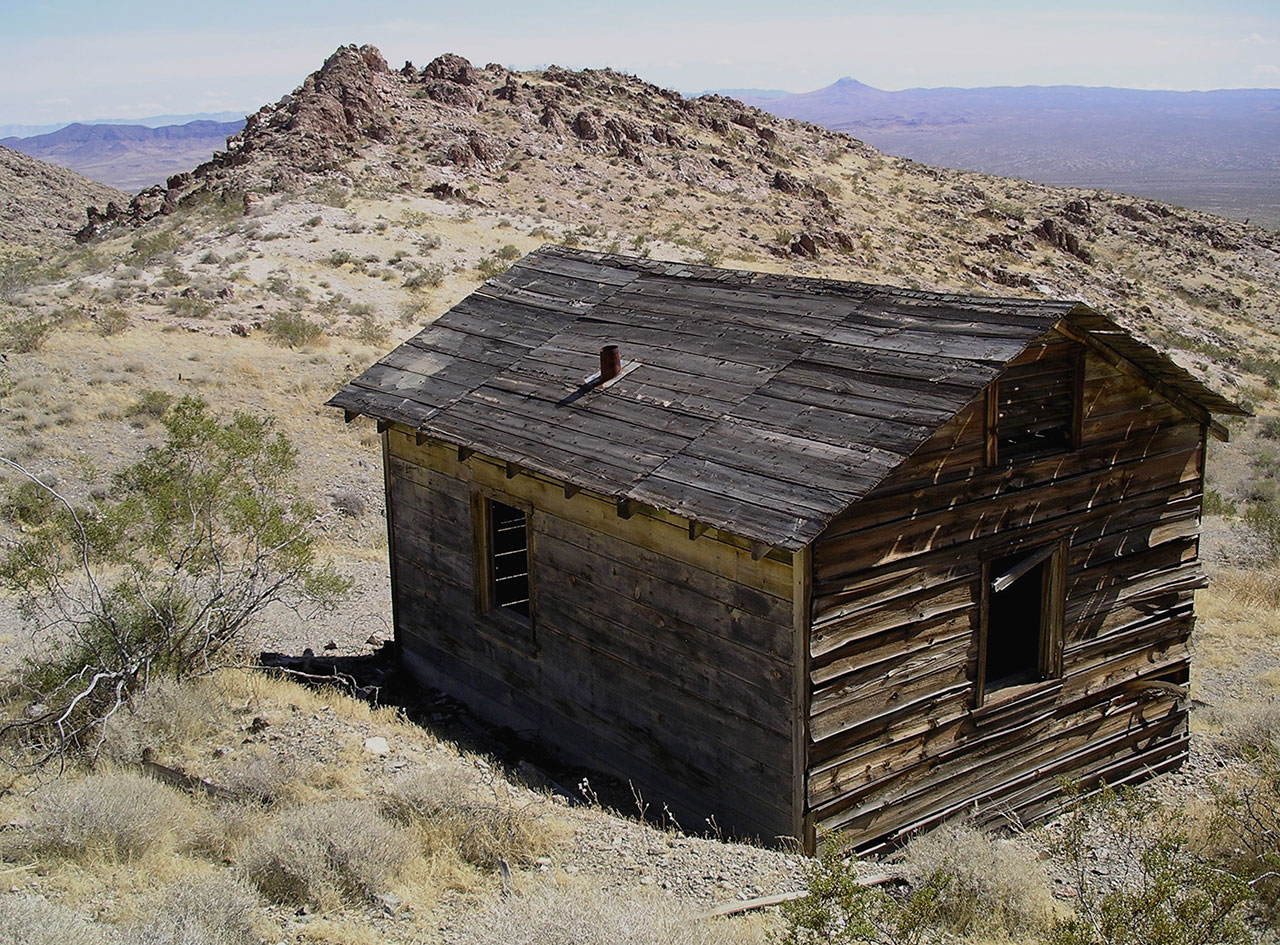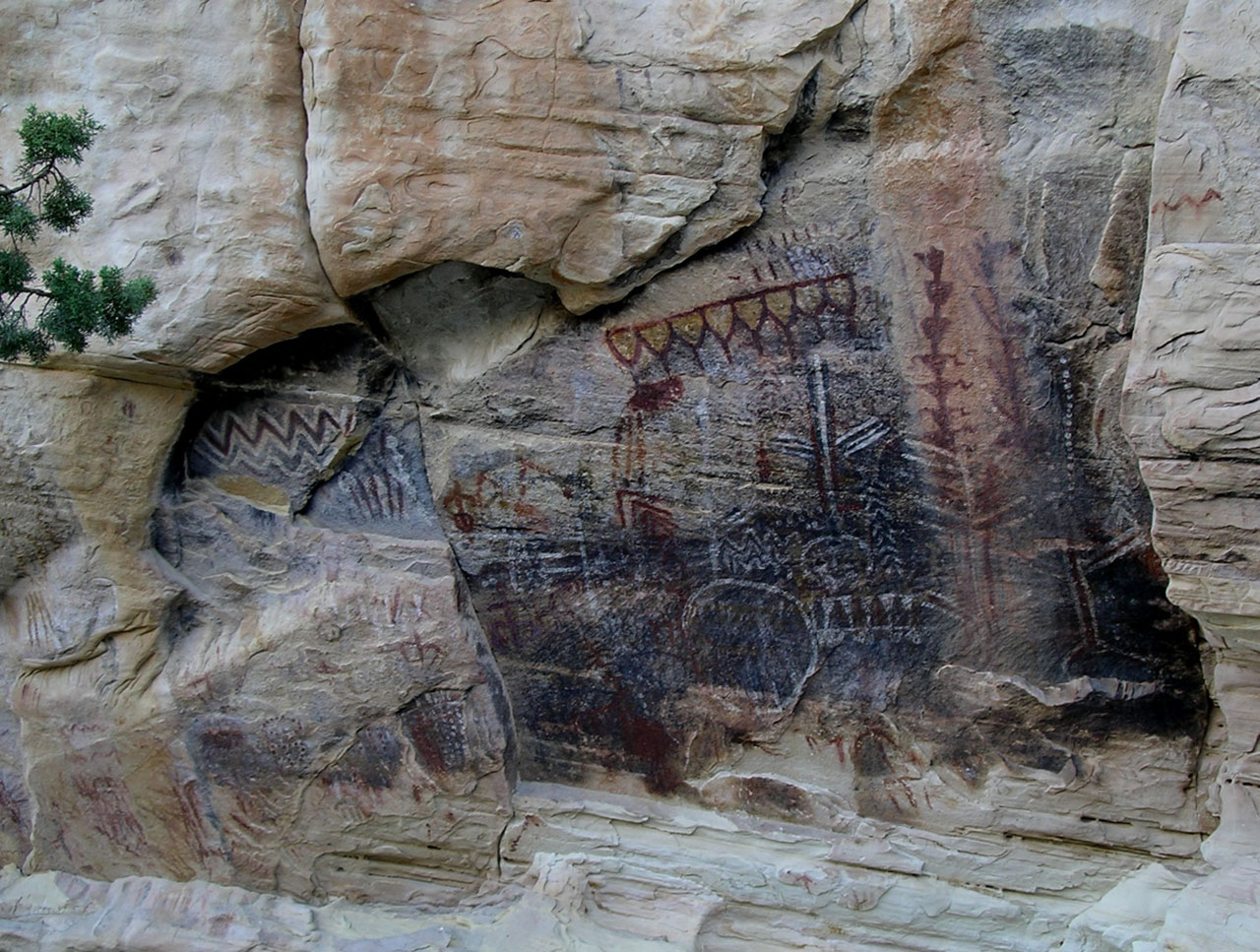History & Culture
Historical & Cultural Benefits of Wilderness
It's not just terrestrial scenery on magnificent display in wilderness areas. These remote places—often far from sources of major light pollution—also showcase some of America's deepest night skies. Such celestial vistas-stocked with constellations, planets, and the drapery of the Milky Way—are robbed from much of the nation's populace by urban and suburban glare. Beyond their sheer splendor, these blazing skies also represent links to a physical environment once intimately familiar to humankind, now rarely experienced.
Wilderness beauty, though, isn't solely about broad vistas and prospects. One can appreciate that invaluable quality in the rough feel of bristlecone-pine bark in a millennia-old mountaintop grove, or the splay of maple leaves at the bottom of a clear, cold Appalachian stream. There's the springtime scent of blooming skunk-cabbage in a Cascade Range swale; the incomparable sound of a rutting bull elk as autumn chills the high Uintas; the blast of thunder over a shadowy coastal-plain swamp. Often, it's these fleeting moments and small-scale discoveries that linger longest in the memory.
Deep History

Much of the history of our great nation lies within the boundaries of wilderness, physically and figuratively. Cave paintings and burial grounds tell us a story about Native Americans who lived here before Europeans settled the frontier. Old cabins or homestead sites help us remember the hardships of early settlers. Archeological sites found in wilderness provide a more complete picture of human history and culture including clues to the lives of indigenous peoples, conquests and colonialism.
America's wildernesses have deep and continuing significance for Indian cultures, and signs of indigenous presence—from place names to strictly protected physical artifacts—may date back thousands of years. In most cases, indigenous relationships to wilderness areas were as homelands, before tribes were removed to reservations.
Rock art-petroglyphs and pictographs, for example, distinguish a number of wilderness areas in many diverse regions of the country, from northern Minnesota's Boundary Waters Canoe Area Wilderness to the San Rafael Wilderness in California's coastal mountains. Other archaeological materials also speak to longtime habitation or usage of present-day wilderness by Indians. A few "wickiup" shelters, for example, dot the backcountry of the Absaroka-Beartooth Wilderness fringing Yellowstone National Park. Some tree islands in the Marjory Stoneman Douglas Wilderness of the Everglades mark ancient Calusa shell mounds, or "middens."
Wilderness areas also harbor plenty of clues to the country's Euro-American past. In the mid-20th century, the Charles C. Deam Wilderness in Indiana's hill country harbored scores of hardscrabble farms and a rugged network of roads. Now a quiet place of grasslands, pinewoods, jungle hammocks, and swamps, central Florida's Juniper Prairie Wilderness supported a number of homesteads in the late 1800s and early 1900s. In the North Dakota badlands, meanwhile, the Theodore Roosevelt Wilderness in Theodore Roosevelt National Park protects the former ranch of the nation's 26th president. And on the Atlantic coast, the Brigantine Wilderness preserves the original site of one of the many life saving stations before the creation of the Coast Guard.
Modern-day wilderness trails often shadow historic traces: the High Ridge Trail in Oregon's Table Rock Wilderness marks an ancient American Indian huckleberry-picking and trading route in the Western Cascades, while old roads from bygone farming days offer hiking access to the Leatherwood Wilderness in the Arkansas Ozarks.

Cultural Values
It's crucial to note that the cultural values wilderness areas hold for American Indians are not consigned to the past. There is increasing recognition that many wilderness areas and other public lands are lands stolen from Indian tribes through forced resettlement onto reservations. Many wilderness areas lie in close proximity to these reservations-for example: Washakie Wilderness near Wyoming's Wind River Reservation, or the Daniel J. Evans Wilderness near the Makah, Quillayute, Hoh, and Quinault reservations. Native peoples and tribes still derive much of their identity from wilderness regardless of geographic proximity, and many tribes are finding new ways to reforge their historical connections and their cultural use rights to these landscapes.
South Dakota's Black Elk Wilderness, for example, lies in a region that remains sacred to a number of Plains Indian cultures, the Black Hills, and is named for a revered holy man of the Oglala Lakota. In 1979, the Confederated Salish and Kootenai Tribes of the Flathead Nation designated a quarter of their land base as the Mission Mountains Tribal Wilderness--which adjoins the federally established Mission Mountains Wilderness where tribal members can gather medicinal herbs and roots and engage in religious ceremonies. The Gwich'in people, meanwhile, share an intimate relationship with the caribou that migrate and calve in Alaska's northernmost wilderness areas.
For many Americans of all backgrounds, wilderness areas continue to hold cultural resonance. Jeffrey J. Brooks and Daniel R. Williams wrote in a Forest Service report, "Similar to home, religion, career, family, or hobby we suggest that wilderness experience comprises a long-term source of identity for people who participate on a continuing basis."
Longstanding visitation can inspire cherished, even multigenerational attachment to a particular wilderness location. Friends gather for annual backpacking or hunting trips; parents introduce their young children--just old enough, maybe, to carry their own pack--to a remote lake basin deeply significant to them.